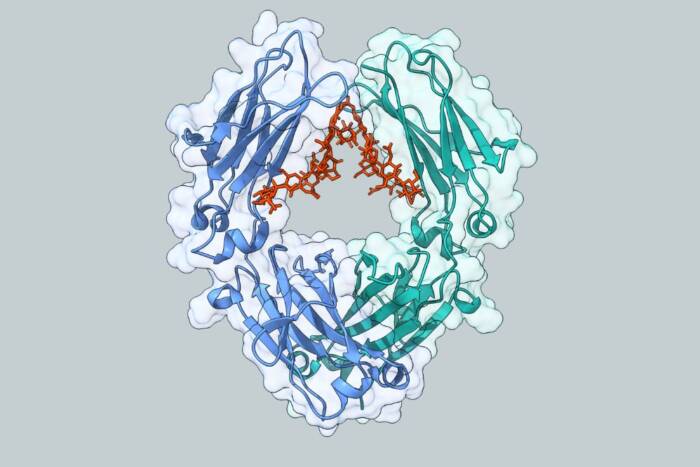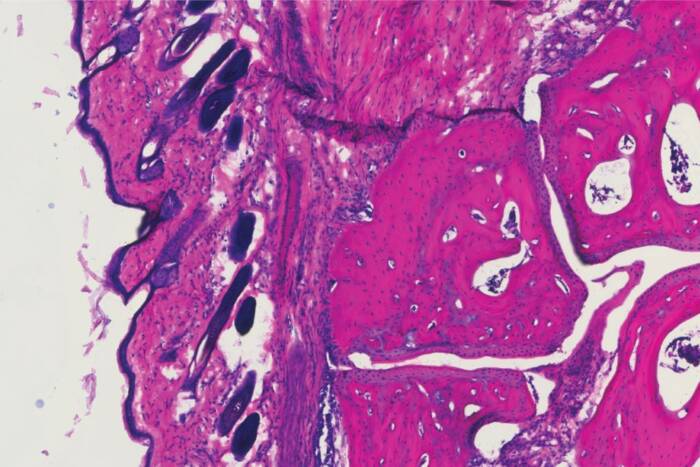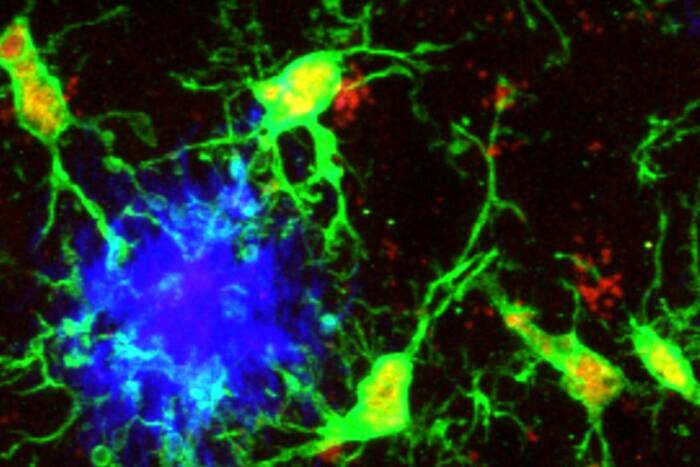A single protein is crucial to memory formation, scientists show
In the spaces between brain cells, where the long ends of the cells nearly touch one another, electrical and chemical messages are transmitted at a furious pace. New findings published in August and this week show that a single protein called Nova is responsible for regulating the quality of the information that is processed in these spaces.
Nova is a well-studied protein, and it’s one that Robert Darnell’s Laboratory of Molecular Neuro-Oncology at Rockefeller University has been interested in for over a decade. Nova controls what information is encoded in the RNA strands that serve as recipes for the manufacture of a cluster of proteins that reside here, at the tips of brain cells called synapses, and regulate everything from muscle movement to learning to memory.
The new research, published in the October 7 issue of Cell, the result of a collaboration between laboratories headed by Robert Darnell at Rockefeller and Lily Jan and the University of California, San Francisco –both investigators at the Howard Hughes Medical Institute – has implications for the treatment of diseases, such as epilepsy, that result from synapses that are too active. It builds on work Darnell’s lab published in Nature Genetics in August that showed how critical Nova is to the complex chain of molecular events that occur when brain cells signal one another.
“Earlier we showed that Nova regulates gene expression in a way that is very special in the brain, by sitting on the very top of a regulatory pyramid that begins in the cell nucleus and culminates in integrated regulation of synaptic function and plasticity,” says Darnell. “Our collaboration with Lily Jan’s group validates the idea that a Nova-regulated RNA network plays a role in regulation of the neuronal synapse to allow complex activities such as memory formation.”
Jan’s UCSF laboratory had been working with cells in a region of the brain called the hippocampus, which is responsible for memory formation. Her work recently led to the discovery of a new way in which proteins in synapses respond to memory-invoking “long-term potentiation” stimuli by potentiating, or strengthening, synaptic inhibition. When Darnell gave a seminar at UCSF, he and Jan noted that the responses her team identified relied on a number of the proteins created by the Nova-regulated RNA molecules, which his lab had identified in the Nature Genetics paper and in a Science paper published two years ago.
In the Nature Genetics study from August, Darnell and his Rockefeller colleagues, including Jernej Ule, made RNA from the brains of normal mice and from the brains of mice that were missing Nova, called knockouts. They put these RNAs on a special gene chip, or microarray, manufactured by Affymetrix to analyze alternative splicing in a genome-wide scan for Nova targets in the mouse genome.
“To our surprise, every RNA that we’ve been able to validate, now over 50, codes for proteins that work in the synapse of the neuron: receptors, proteins that cluster receptors, or proteins that signal downstream from receptors in the synapse,” says Darnell.
The gene chip experiment suggests that Nova regulates different types of synaptic proteins in such a way to enable potentiation of the inhibitory process, which serves to counterbalance the excitability of the synapse.
The Darnell and Jan groups teamed up to examine what happens to potentiation of the inhibitory synaptic response that Jan had been studying when Nova isn’t in the picture. By conducting experiments in Nova knockout mice, the researchers found that these responses were completely missing in the mice that lacked Nova. At the same time, a number of unrelated measures of the inhibitory synaptic responses were normal.
“We now know that the potentiation of inhibitory response at the synaptic level is dependent on the presence of Nova,” says Darnell. “This work establishes a role for the neuron-specific system that regulates RNA – the Nova network – in a key functional process for memory formation in the brain.”
Cell 123(1): 105-118 (2005)(opens in new window)
Nature Genetics 37(8): 844-52 (2005)(opens in new window)


